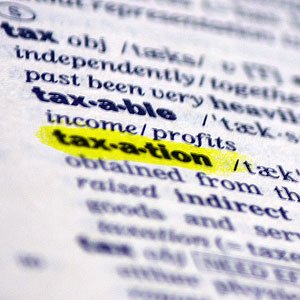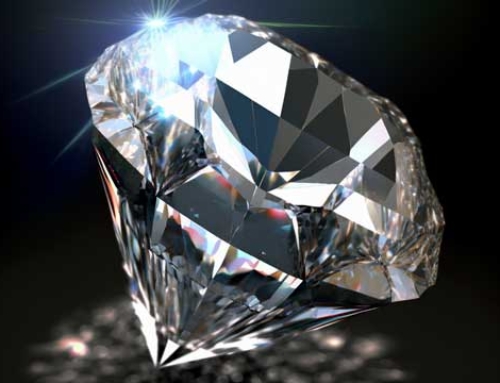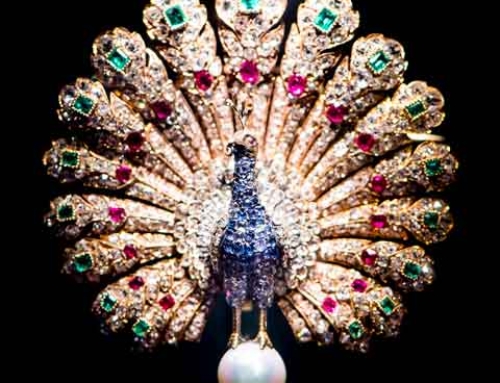Diamond dealers have paid a record amount of nearly 100 million euros in taxes in one year. Since the introduction of the carat tax, they have been paying over three times more in taxes.
When the Michel government introduced the carat tax in 2016, it caused a stir. The fact that precisely the Antwerp diamond sector, which for years was the center of fraud and money laundering cases, was given such a separate tax regime, was a thorn in the side. Even though the then Minister of Finance Johan Van Overtveldt (N-VA) promised that the carat tax would not make diamond traders pay less tax, but more. Van Overtveldt even put a concrete amount on it. He predicted 50 million euros more in tax revenue.
The carat tax was intended to guarantee that diamond dealers would no longer tamper with the value of their stones. The cost price of their diamonds is now fixed at 97.9 percent of their sales. Their gross margin is 2.1 percent of their turnover. They pay taxes on that. They can still reduce them with deductions and accumulated losses. There is a lower limit. They have to pay taxes on at least 0.55 percent of their turnover.
What is the impact of the carat tax? In the assessment years 2015 and 2016, before the carat tax took effect, the tax authorities received 27.8 and 29.3 million euros in global corporate tax from all companies active in the diamond sector, respectively. Since the introduction of the carat tax, that rose to 79.7 million euros in the 2017 tax year. That first year, however, a one-time higher minimum margin of 0.65 percent instead of 0.55 percent still applied. But according to the latest data, as of December 31, 2020, the 2018 assessment year even accounted for a record amount of 98.9 million euros in taxes. That’s over three times more than in the pre-carat era, and it’s also nearly 20 million euros more than the additional 50 million euros Van Overtveldt had predicted at the time.
Now that the diamond sector is doing less well, diamond dealers continue to pay taxes on their sales. Nevertheless, the Antwerp diamond trade association is satisfied with the system. “The carat tax offers fiscal predictability. That is important for our diamond companies,” responds Karen Rentmeesters, the spokeswoman for the Antwerp World Diamond Centre (AWDC). “Even if it means that, in good and in bad days like the past crisis months, they pay more taxes.”
Calmer times
At the time, the socialist (sp.a) and green (Groen) party, from the opposition, attacked the carat tax as a tax gift to the diamond sector. Today, now that both parties are in the federal government, that position has not changed.
“We continue to question a special regime that was created on demand and tailored to the diamond sector“, says sp.a member of parliament Joris Vandenbroucke. “That it now turns out negatively due to unforeseen circumstances, does not change anything. This sector can also call on support measures if necessary. But let us evaluate the scheme in calmer times.”
Christian Democrat Minister of Finance Vincent Van Peteghem (CD&V) says there will soon be an evaluation of the carat tax. “That will happen by July of this year,” he states. “It is both the result of the explanatory memorandum to the 2016 law and the decision of the European Commission to allow this flat-rate system.“






